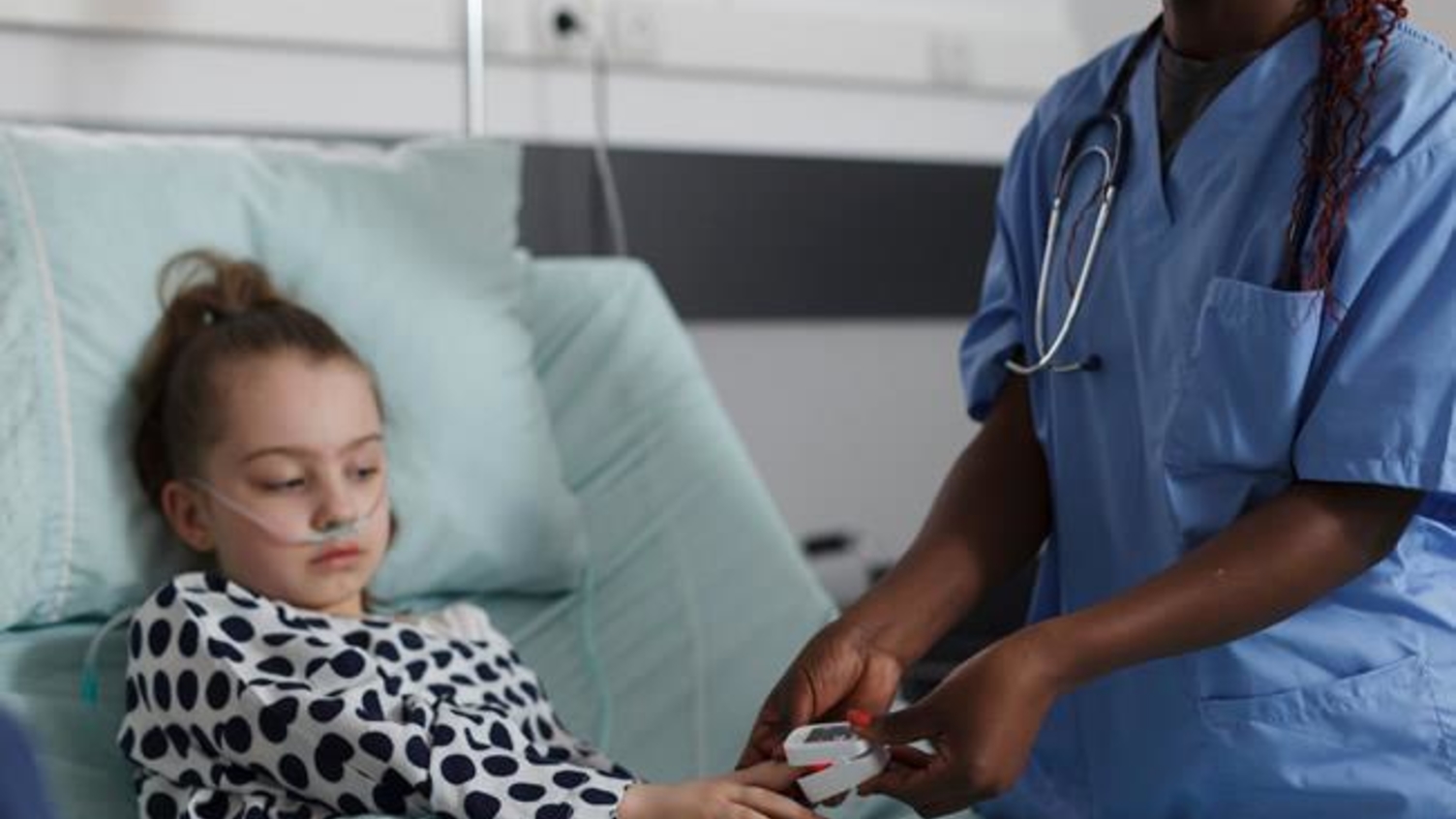Paediatric Emergency Medicine

Paediatric Emergency Medicine Priority Setting Partnership
Paediatric Emergency Research in the UK and Ireland (PERUKI), in partnership with the James Lind Alliance, set up this Priority Setting Partnership to identify the Top 10 priorities for future research.
Children attend emergency departments with virtually any condition including, but not limited to, medical, surgical, orthopaedic, and mental health concerns, so it was important to identify priorities for research in how best to treat and care for them.
The PSP focused on children and young people (birth to 18 years) using emergency care services and was inclusive of all of the UK and Ireland.
The Paediatric Emergency Medicine PSP Top 10 was published in September 2024.
In this video, Dr Charlotte Sloane, PSP Project Coordinator, talks about the Paediatric Emergency Medicine PSP on the Two Paeds in a Pod podcast.
Further information
Impact of Top 10s
Top 10 Priorities
The most important questions
- What are the most effective ways to identify babies and children (from birth to late childhood) who are at risk of serious infection (sepsis) in emergency care?
- What are the best ways to assess, manage, support, and safely discharge children and young people with mental health conditions in emergency care?
- What are the effects of overcrowding in emergency care on children and young people's safety, and what can be done to improve this?
- How can emergency healthcare professionals improve the treatment and care of serious injuries in children and young people? (trauma e.g. bleeding, head injury and chest trauma)
- What are the best ways to assess, treat and safely discharge children (including pre-schoolers) with acute wheeze / asthma in emergency care?
- What are the best ways to regularly monitor children in emergency care settings, and ensure abnormal findings are reviewed and actioned?
- How can emergency healthcare professionals improve communication with children, young people, and their families during their care and discharge? (e.g. in a way that is sensitive, age appropriate, respects their views, and involves them in decision making)
- How can emergency healthcare professionals improve how they care for children and young people with special educational needs and disabilities (SEND)?
- What are the best ways of assessing and sorting (triaging) children and young people who need emergency care?
- How can emergency healthcare professionals better communicate and work with other services (e.g. GPs, pharmacy, social care, etc) to help children, young people, and families manage their conditions at home or identify the best place to go for their care if needed?
The following questions were also discussed and put in order of priority at the workshop:
- What are the best ways to assess and safely manage pain in children of all ages in emergency care?
- How can emergency healthcare professionals improve their ability to identify conditions in children and young people with darker skin tones?
- How can emergency healthcare professionals safely reduce the use of antibiotics in children?
- What are the best ways to organise high quality emergency care for children and young people? (e.g. types of centres/units, types of emergency doctors, etc)
- What are the best ways to care for children and young people at risk of self-harm in emergency care?
- What are the best ways to identify appendicitis in children and young people in emergency care?
- How can procedures in emergency care be made easier and less distressing for children and young people? (e.g. blood tests, blood pressure readings)
- How can emergency departments be made more child, young person, and family friendly to improve their experience?
Key documents
These documents set out the aims, objectives and commitments of the PSP.
Paediatric Emergency Medicine PSP protocol
Paediatric Emergency Medicine PSP Steering group terms of reference